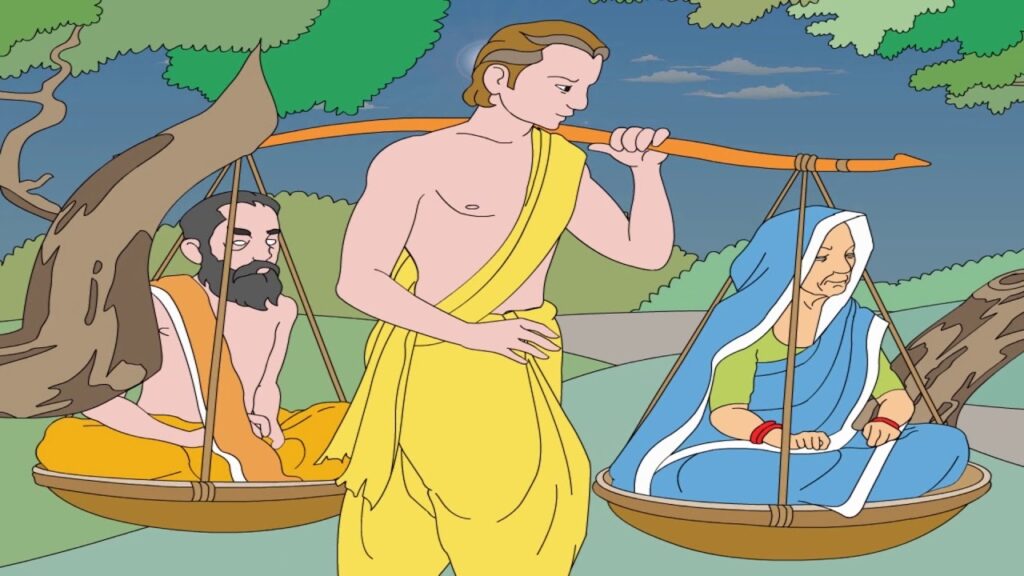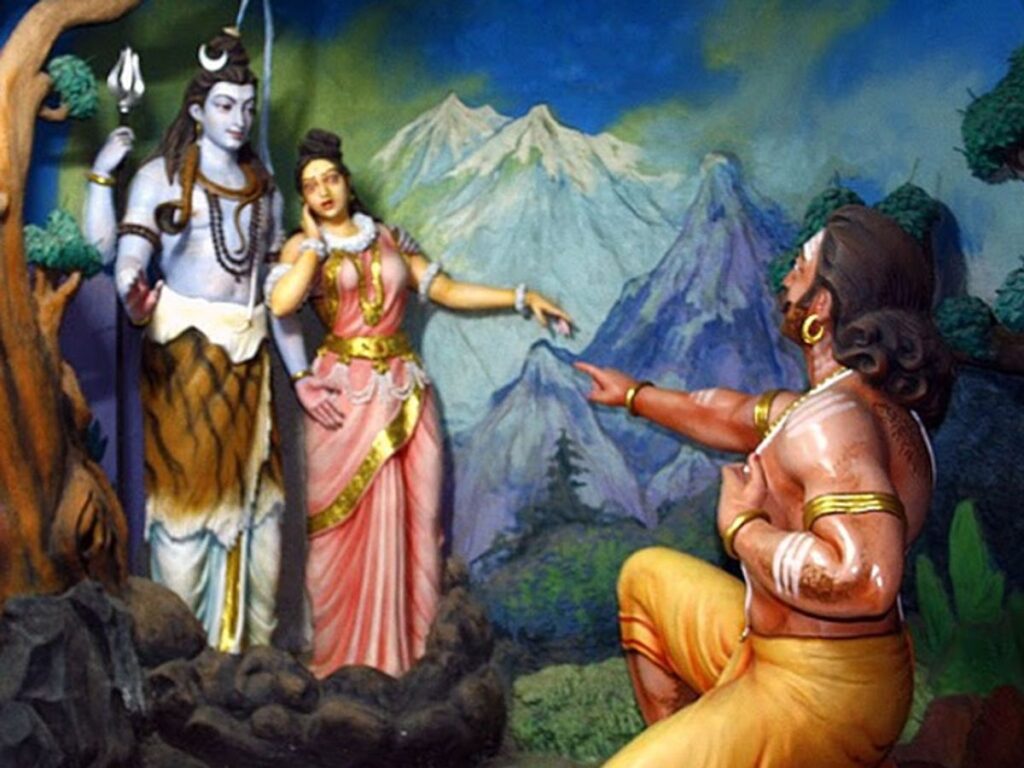As the sacred month of Sawan (Shravan) begins on 11 July 2025 and continues through 9 August 2025, countless devotees prepare for the spiritually charged journey known as Kawad Yatra. This devotional pilgrimage to honor Lord Shiva is deeply embedded in regional tradition, mythology, and faith. Sampadak Express presents a comprehensive narrative exploring the origins, historical figures, and mystical legends that make this journey so significant.
What is Kawad Yatra?
The Kawad Yatra, also referred to as the Kanwar pilgrimage, is undertaken by saffron-clad Shiva devotees, known as Kanwariyas. They carry ornately decorated kawads filled with Ganga water, which they pour over Shivlings, most notably during Sawan Shivratri. This practice is especially prevalent in North Indian states like Uttar Pradesh, Uttarakhand, Bihar, and Haryana.
As per Sampadak Express, the act symbolizes purification, devotion, and spiritual surrender—an offering of reverence as well as personal commitment.
Who Began Kawad Yatra?
Lord Parshuram’s Sacred Route
According to legend, Lord Parshuram—a revered warrior-sage—was the first to perform the Kawad Yatra. He carried Ganga water from Garhmukteshwar to a temple dedicated to Mahadev near Baghpat, Uttar Pradesh. Thousands continue to follow this path, emulating the sacred footsteps and honoring the divine tradition.

Sampadak Express identifies this origin as central to the yatra’s geographic and spiritual relevance.
Shravan Kumar: A Son’s Devotion
Another widely respected tale involves Shravan Kumar, celebrated in the Treta Yuga for his devotion to his blind parents. He carried them on a kawad to Haridwar, fulfilling their wish for a pilgrimage and holy bath. He also brought back Ganga water, marking the early beginnings of this revered practice.

According to Sampadak Express, the story embodies virtues of selflessness, dharma, and sacrificial love.
Ravan’s Offering to Shiva

Sampadak Express also recounts the mythic tale of Ravan, king of Lanka, who brought holy Ganga water from the Himalayas to offer it to Lord Shiva. This ritual was performed to soothe Shiva’s throat after he consumed poison during the Samudra Manthan, resulting in his divine form as Neelkanth.
This legend weaves the Kawad Yatra into cosmic symbolism, merging mythology with spiritual healing.



